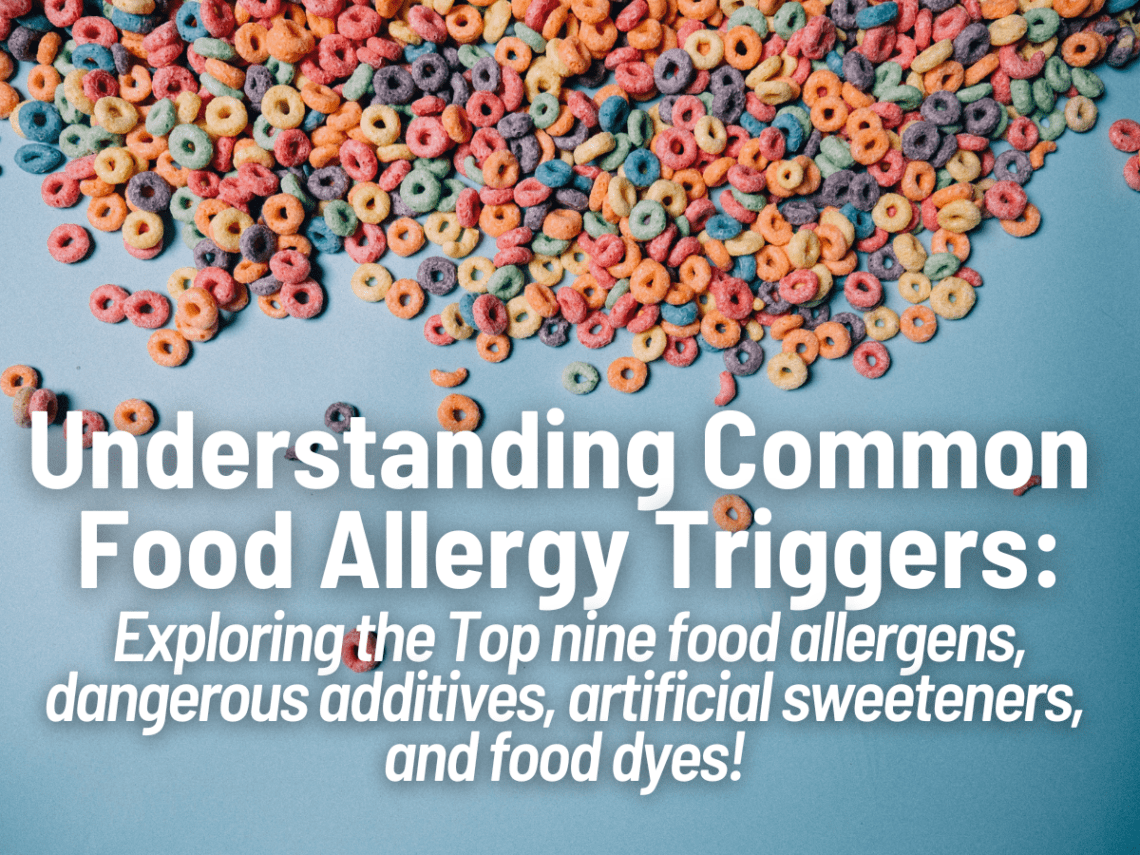Pediatric urticaria, also known as hives or wheals, refers to a skin condition characterized by the sudden appearance of itchy, raised, and red welts on a child’s skin. These welts can vary in size and shape and often appear in clusters. Pediatric urticaria is a relatively common condition in children and can affect infants, toddlers, and older children alike.
Throughout different times of the year, Emory experiences redness, inflammation, and itching on her skin. We usually attribute these symptoms to allergens, either from contact or ingestion. Interestingly, we have observed that each time this “rash” appears, Emory falls ill within the next few days. It’s almost as if her body is communicating with us through her skin. In fact, the most recent skin rash was followed by the flu. To provide her allergist with a clearer understanding of her condition, I started documenting her skin with photographs. Our aim was to determine the underlying cause of the rash: whether it was an allergic reaction or a flare-up of eczema.
After showing the images to her doctor, we were informed that the rash on Emory’s face was not due to allergens or eczema, but Urticaria or hives. After disclosing that Emory experiences these “hives” a few times over the course of a year, her doctor diagnosed her with chronic pediatric hives. She further went on to explain that this is common for school-aged children as they are often exposed to viruses. This explained why Emory’s rash was often paired with a cold or the flu.
While we were relieved to know that she was not suffering from an allergic reaction or eczema flare, we now had something new to research. This led us down a rabbit hole toward obtaining a better understanding of pediatric urticaria symptoms, types, and treatments.
Symptoms of Pediatric Urticaria
The primary symptom of pediatric urticaria is the development of raised welts on the skin, which are usually accompanied by itching or a burning sensation. The welts can appear on any part of the body and may come and go rapidly, typically lasting for a few hours or up to 24 hours before disappearing. In some cases, new welts may continue to appear as older ones fade away, resulting in a rotating pattern of hives.
Most urticaria in children are caused by viral acute illnesses. Other causes of urticaria include food, medicines, and other triggers.
Types of Pediatric Urticaria
There are two main types of pediatric urticaria: acute urticaria and chronic urticaria. Acute urticaria is the most common form and is often triggered by an allergic reaction to certain foods, medications, insect bites, infections, or environmental factors. It tends to resolve on its own within a few days or weeks.
Chronic urticaria, on the other hand, is characterized by hives that persist for more than six weeks or recur intermittently over a more extended period. Chronic urticaria is less common in children compared to adults and can be caused by underlying conditions such as autoimmune disorders, hormonal imbalances, or persistent infections.
The exact mechanism behind pediatric urticaria is not fully understood. It is believed to involve an allergic or immune response triggered by various factors. When the body perceives a particular substance or condition as a threat, it releases histamine and other chemicals into the bloodstream, causing blood vessels in the skin to leak and resulting in the characteristic hives.
Diagnosing and Treating Pediatric Urticaria
Diagnosing pediatric urticaria typically involves a thorough medical history review, physical examination, and sometimes allergy testing to identify potential triggers. Treatment options for pediatric urticaria focus on relieving symptoms and managing any underlying causes. This may involve antihistamines to alleviate itching and reduce the appearance of hives. In more severe or chronic cases, additional medications such as corticosteroids or immunosuppressants may be prescribed.
We have a whole closet dedicated to Emory’s topical steroids. Before you lose it, we only use them on occasions like these! This particular time, we use Tacrolimus Ointment (prescription required) twice a day for 1-week.
If a specific trigger is identified, such as a particular food or medication, avoidance of that trigger is recommended. However, in many cases, the exact cause of pediatric urticaria remains unknown, and management revolves around symptom relief and preventing complications from scratching or secondary infections.
It is important for parents or caregivers to consult a healthcare professional for an accurate diagnosis and appropriate management of pediatric urticaria, as well as to rule out any underlying conditions that may require further investigation or treatment.
What this helpful?






